- 《LIFE+》Magazine
- 《LIFE+》Magazine Issue List
- Summer 2024 Issue
- The Unique Charisma of Sham Shui Po
-
content 2
-
content 2
-
The Unique Charisma of Sham Shui Po
18 July 2024Very often when people think of Sham Shui Po (SSP), what they have in mind is the frenetic antique marketplace on Apliu Street, or the grassroots wet market and stalls on Pei Ho Street, the old Hong Kong tong lau (tenement houses) on Yen Chow Street, or other stereotypical images. Why not experience it from fresh perspectives? You can be sure of pleasant surprises. In this issue of LIFE+, Michael Leung, designer and founder of Studio AA, shares with us his personal connection with the neighbourhood as he introduces his ten favourite spots, offering a window on the diverse charm of the community.

As the curator of “SSP_People”, an initiative of Design District Hong Kong (#ddHK) presented by the Tourism Commission and organised by Hong Kong Design Centre in 2021, Michael has had countless special encounters with the people, lives, beauty and culture of the district. Visiting his senior family member, an old kai fong (resident) of Sham Shui Po, during his childhood, and returning to the familiar place while studying at The Hong Kong Polytechnic University are among his cherished memories. “Every time I returned to Hong Kong from overseas, I noticed the city had changed at too fast a pace,” he reminisces. “Sham Shui Po had evolved too, but in a more organic manner. Whenever I revisited, I couldn’t help but feel that it was a true homecoming.”
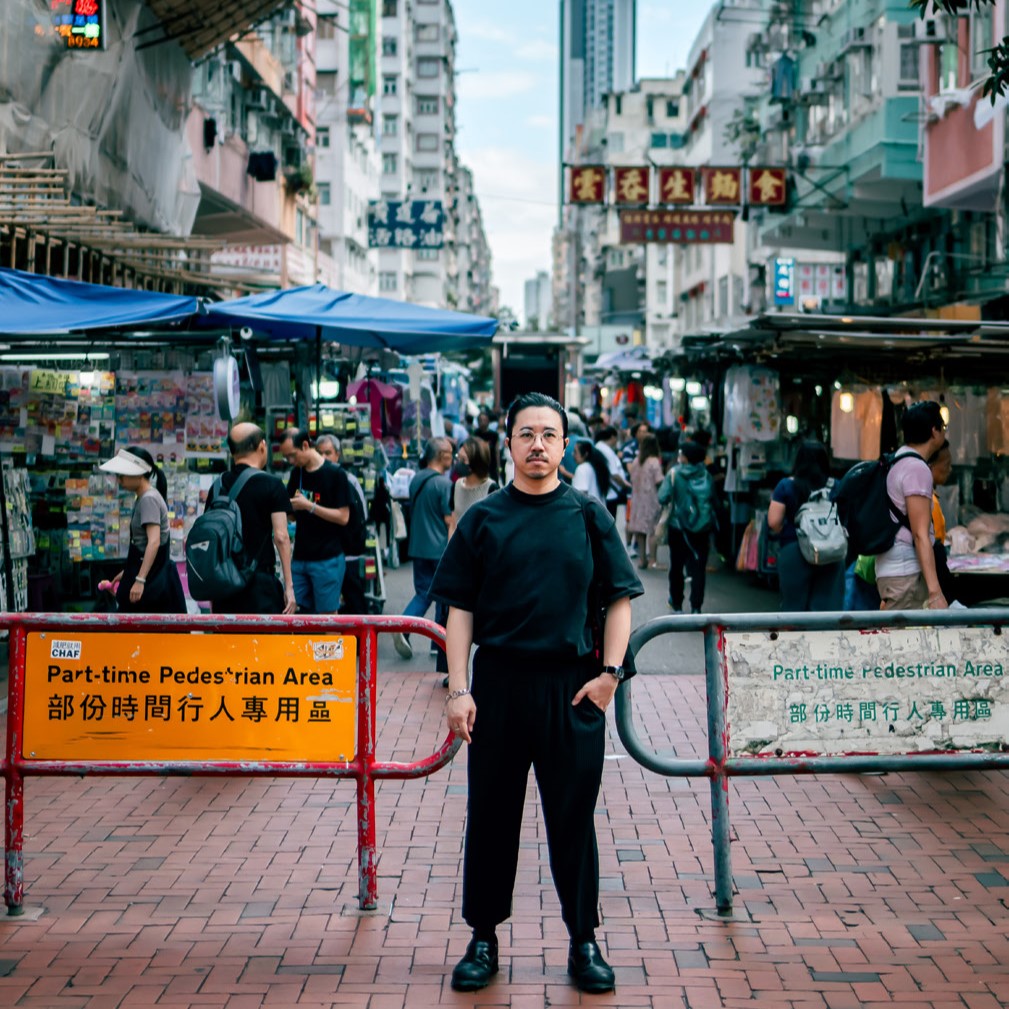
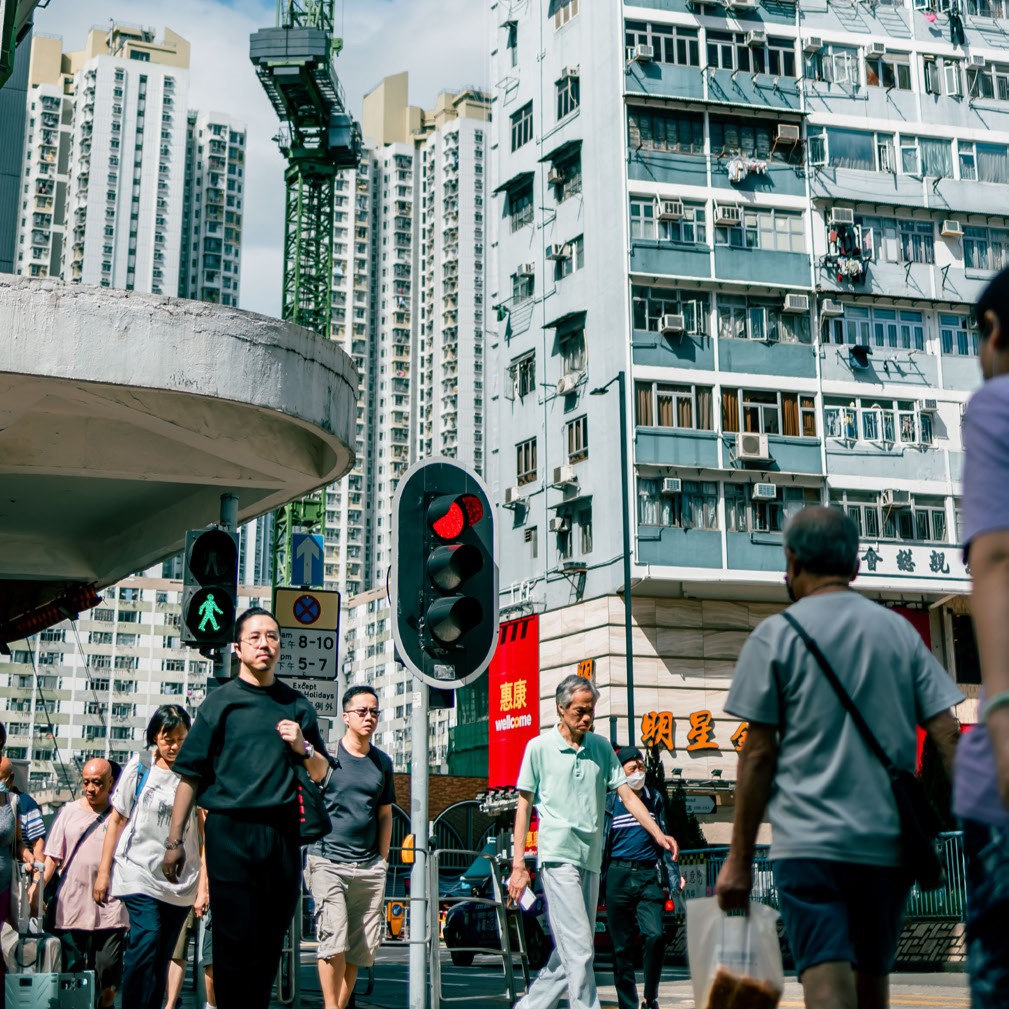
Old and New in Perfect Harmony
Strolling around the bustling streets of Sham Shui Po, one will be fascinated by the juxtaposition of old and new. To Michael, the sky here can always inspire him. “I like communities that have a mix of tradition and modernity. Sham Shui Po, I’d say, is a rich tapestry of organised chaos. Every time I look up, there are new discoveries.” Take a moment to appreciate the architectural styles of the tong lau, the iconic signboards, and the small details that define life here, and you can catch a glimpse of the kai fongs’ daily lives.
Photo: Sham Shui Po streets
With over 40 years of history, Fook Le Model exemplifies how the blend of past and present works exceedingly well. While its window display and signboard exude nostalgic charm, its shelves are studded with new products. “The design of model parts and kits has become much finer now,” Michael notes. “I’ve had a passion for model building since I was young. Although I don’t have as much time for it now, I drop by once in a while to see what’s trending.”
Photo: Fook Le Model
66A, Un Chau Street
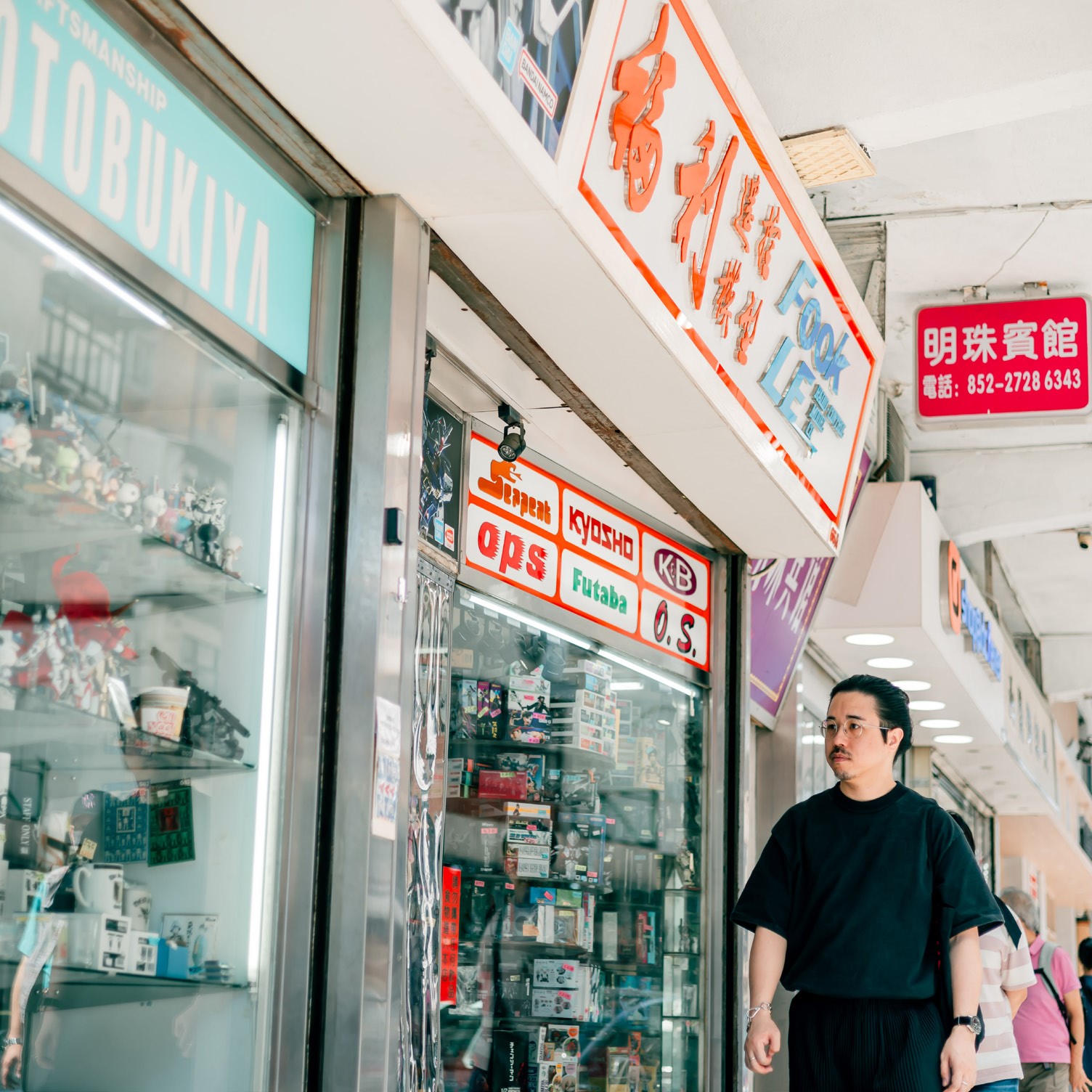
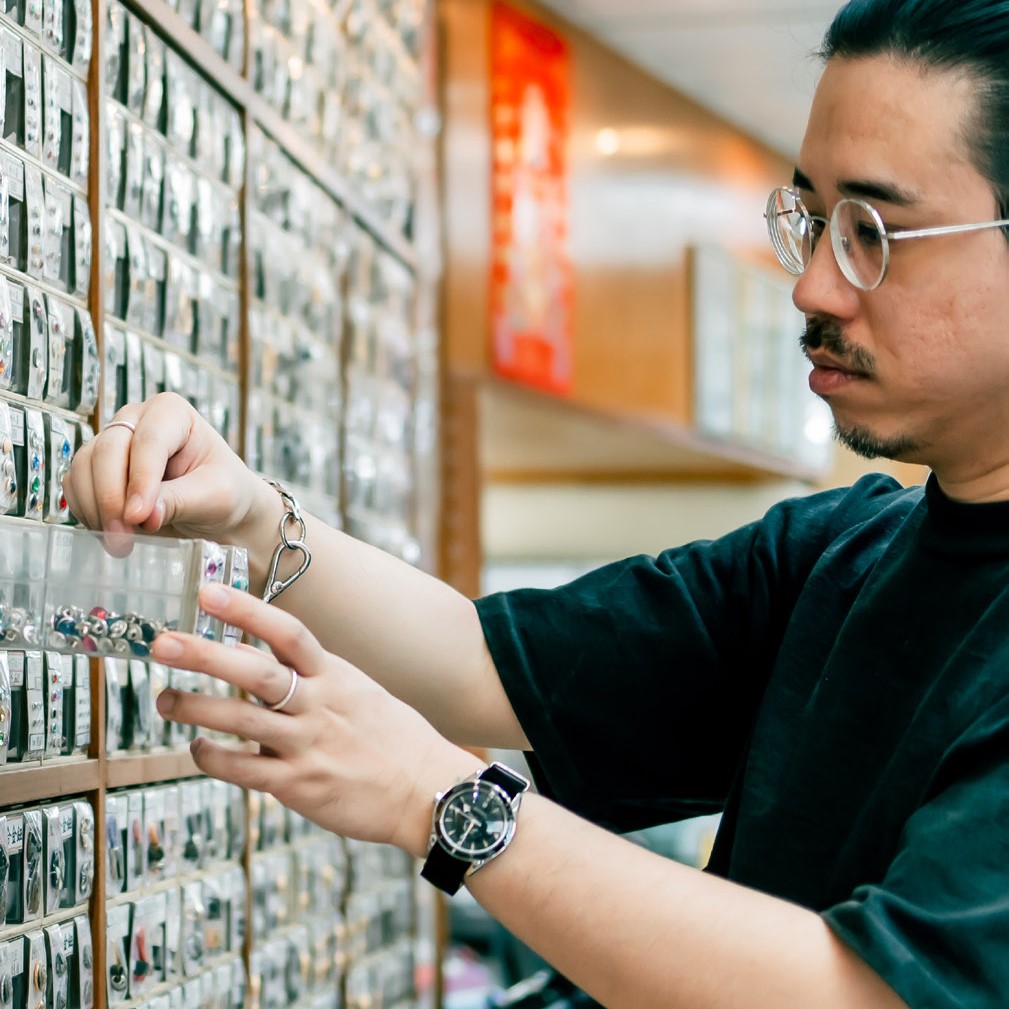
The Cradle of Creativity
Sham Shui Po, renowned for its Bead Street, Button Street, Leather Street, Ribbon Street, and Fashion Street, is a paradise for aspiring craftspeople and designers. They would weave through the alleys with design sketches in their hands, sifting through the range of fabric and accessories. Michael recalls his own experience, saying “I was searching for metallic parts for Molton Tote. Some of the shop owners and masters I met generously offered advice, even on matters not about their products.”
Photo: Button Street & Leather Street
Ki Lung Street & Tao Nan Street
At the junction of Tai Nan Street and Boundary Street lies a massive mural created by local artist Kristopher Ho for “SSP_People”. “Cats are the theme because shop cats are a common sight in the district, while the cotton trees symbolise the glorious past of the textile industry here,” Michael explains. The retained street artwork has since infused the location, a refuse collection point, with a jolly and artistic vibe.
Photo: Tai Nan Street Refuse Collection Point
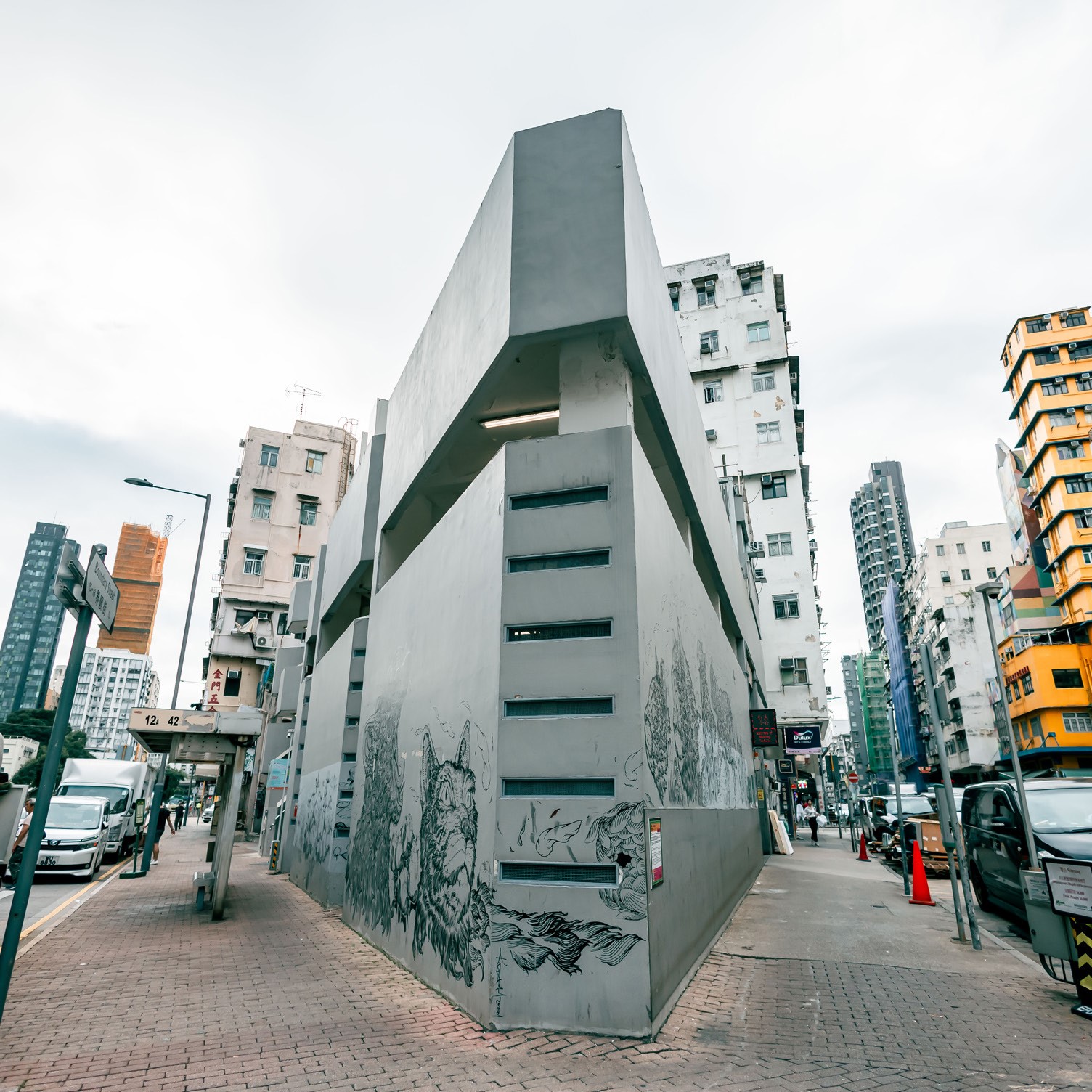
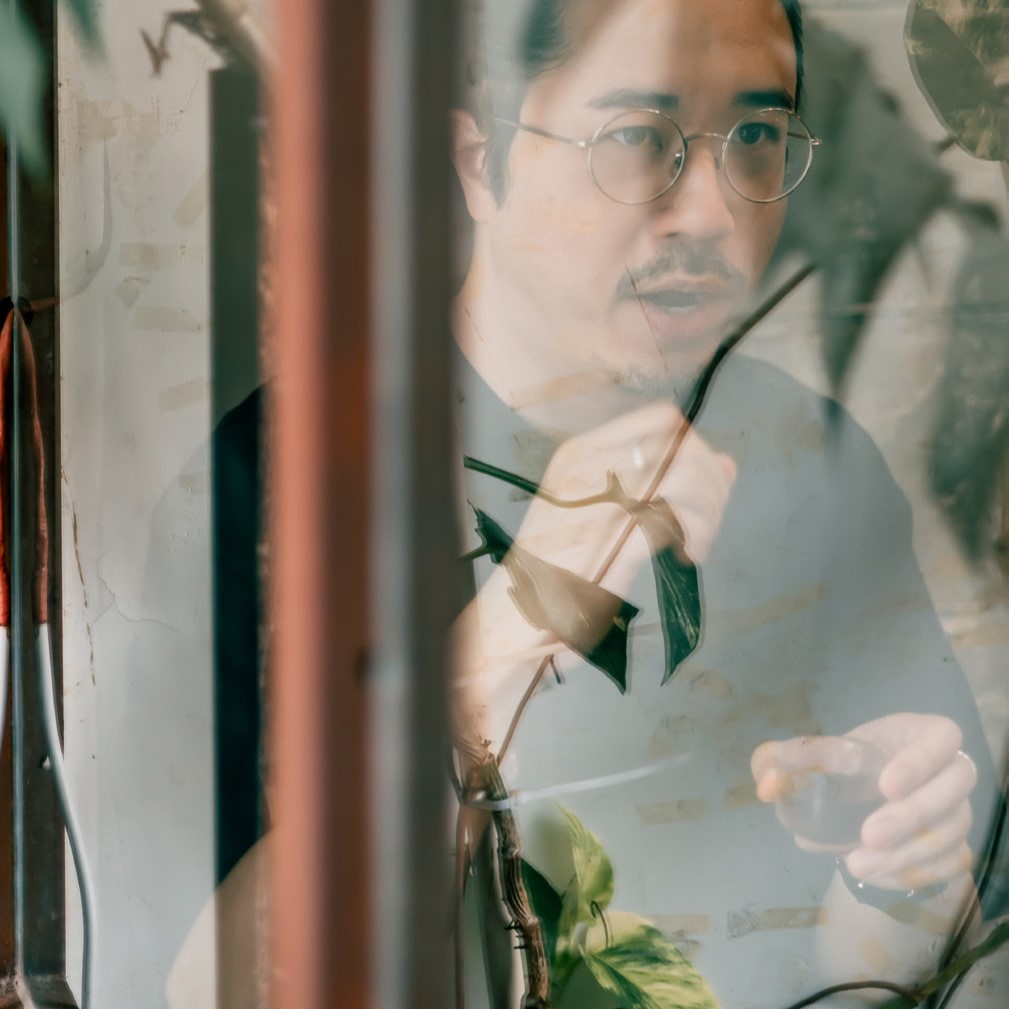
Chic Space to Savour Life
Besides art, the coffee scene around Tai Nan Street is also thriving. Lined with cosy coffee shops and cafes, the area provides a perfect setting to chill out over speciality coffees and sweets. “Not far from here is an exhibition space with lots of happenings. Kai fongs would often stop by and attentively watch the exhibits. I think these recent changes are good for the community.”
Photo: Coffee shops on Tai Nan Street
An array of stylish stores is adding colour to Sham Shui Po, too. Among them is Simple Legend Shop. Aside from importing fashion items from Japan, it brings in local produce and products by co-organising pop-up mini-markets with local farmers, artists and stores. Michael is particularly impressed by the shop owner’s decision not to open an online business. Brian, the owner, says “My intention is to encourage people to take a break from the virtual world and explore the city. There are numerous discoveries out there waiting for us to experience them in person.”
Photo: Simple Legend Shop
G/F, 8 Boundary Street


Just a few shops away is Moviemarks, a speciality store selling movie leaflets imported from Japan. “As a movie lover, I enjoy films of all genres and prefer watching them in cinemas,” Michael says. Every month, the store hosts private screenings of local films and international blockbusters, where patrons can receive specially designed souvenir tickets created in-house.
Photo: Moviemarks
G/F, 169 Lai Chi Kok Road
Relishing Local History
Kweilin Street and Fuk Wing Street are home to numerous eateries and local food stalls. Among the signature dishes in this foodie’s haven is pork liver noodles. “During my time at PolyU, I often came here to enjoy pork liver and beef noodles, as well as kaya toast after shopping for fabrics. The taste remains just as delicious even now.”
Photo: Wai Kee Noodle Café
62 & 66 Fuk Wing Street
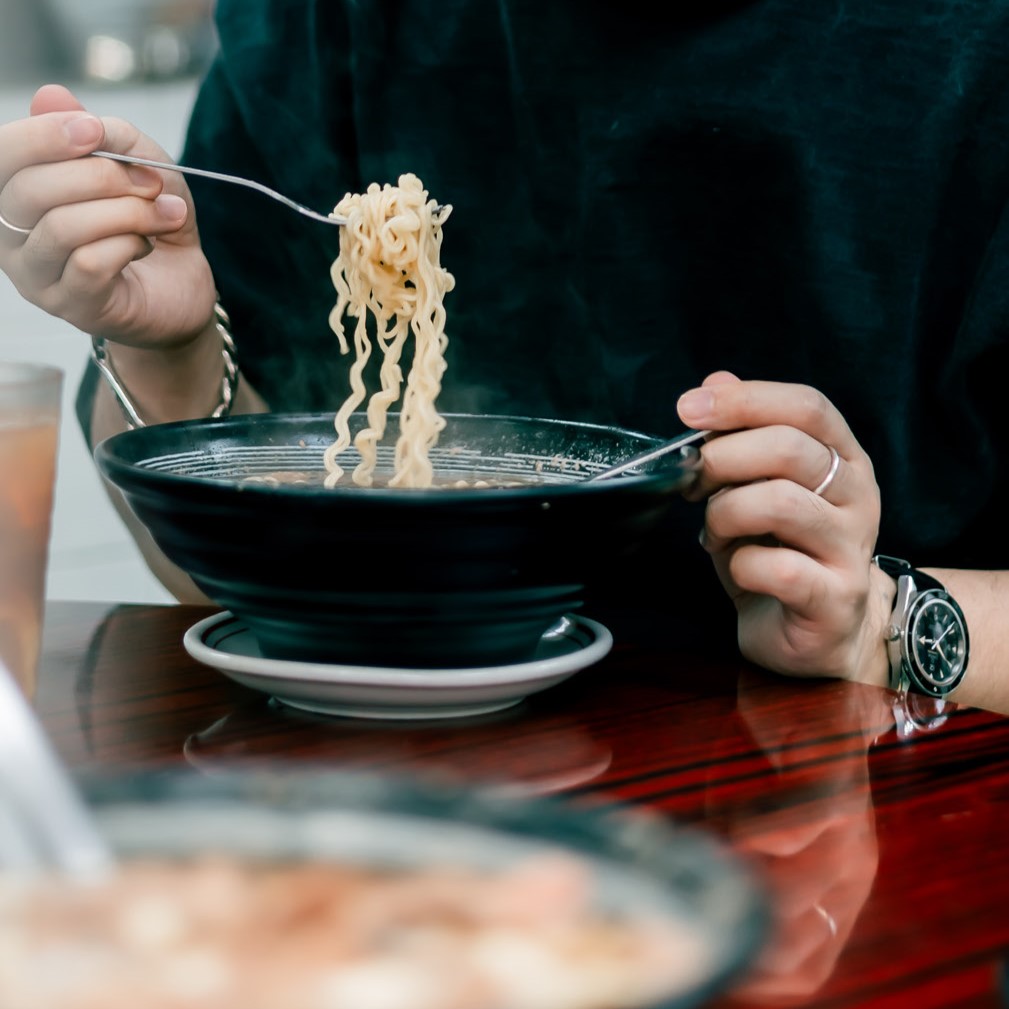
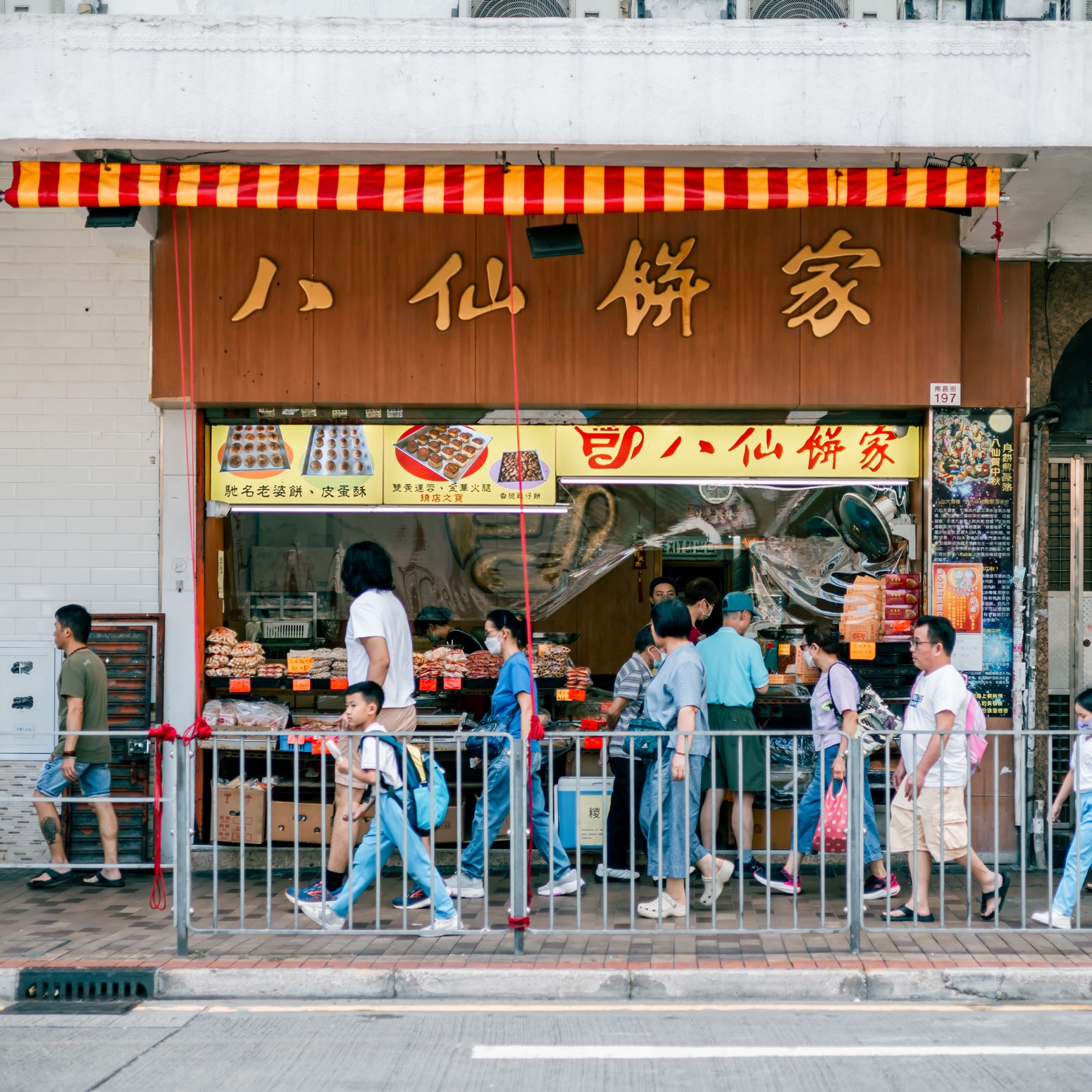
For over half a century, Pat Sin Bakery has been making hand-crafted mooncakes with a wide selection of authentic traditional flavours, drawing long queues of customers each Mid-Autumn Festivals. Michael is tempted to try each and every one of them. “I’ve kept the mooncake tin boxes as their vintage design is very appealing. Not only that, but their paper boxes, plastic bags, signboard and logo all possess classic charm.”
Photo: Pat Sin Bakery
G/F, 197 Nam Cheong Street
The Charm from a Distance
Overlooking an area from a distance can be enlightening. Go up the stairs right next to the YHA Mei Ho House Youth Hostel, and you will be greeted by a completely different view of the area. “Sometimes, after having dinner in Sham Shui Po, I would come up here. From the dazzling panoramic view of the streetscape, I can vividly feel the district’s vibrancy and energy.”
Photo: Garden Hill
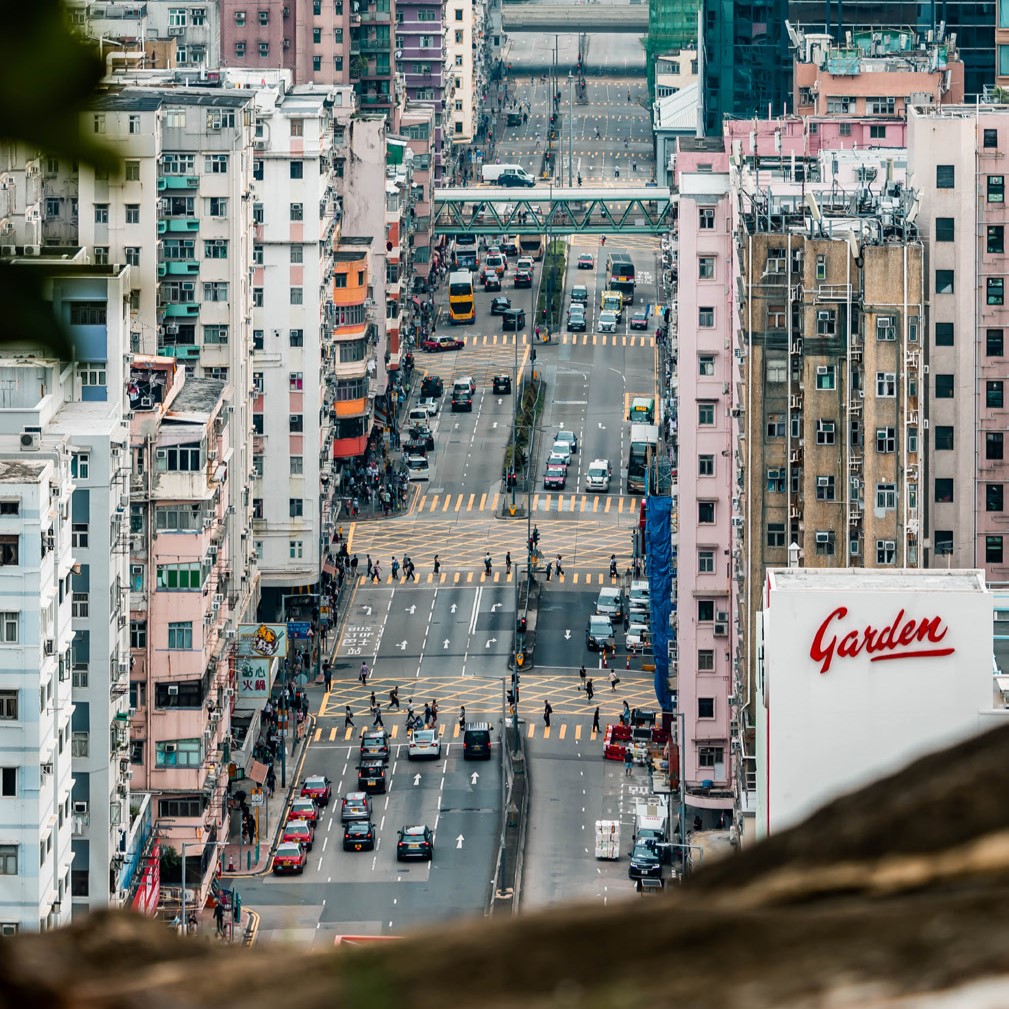
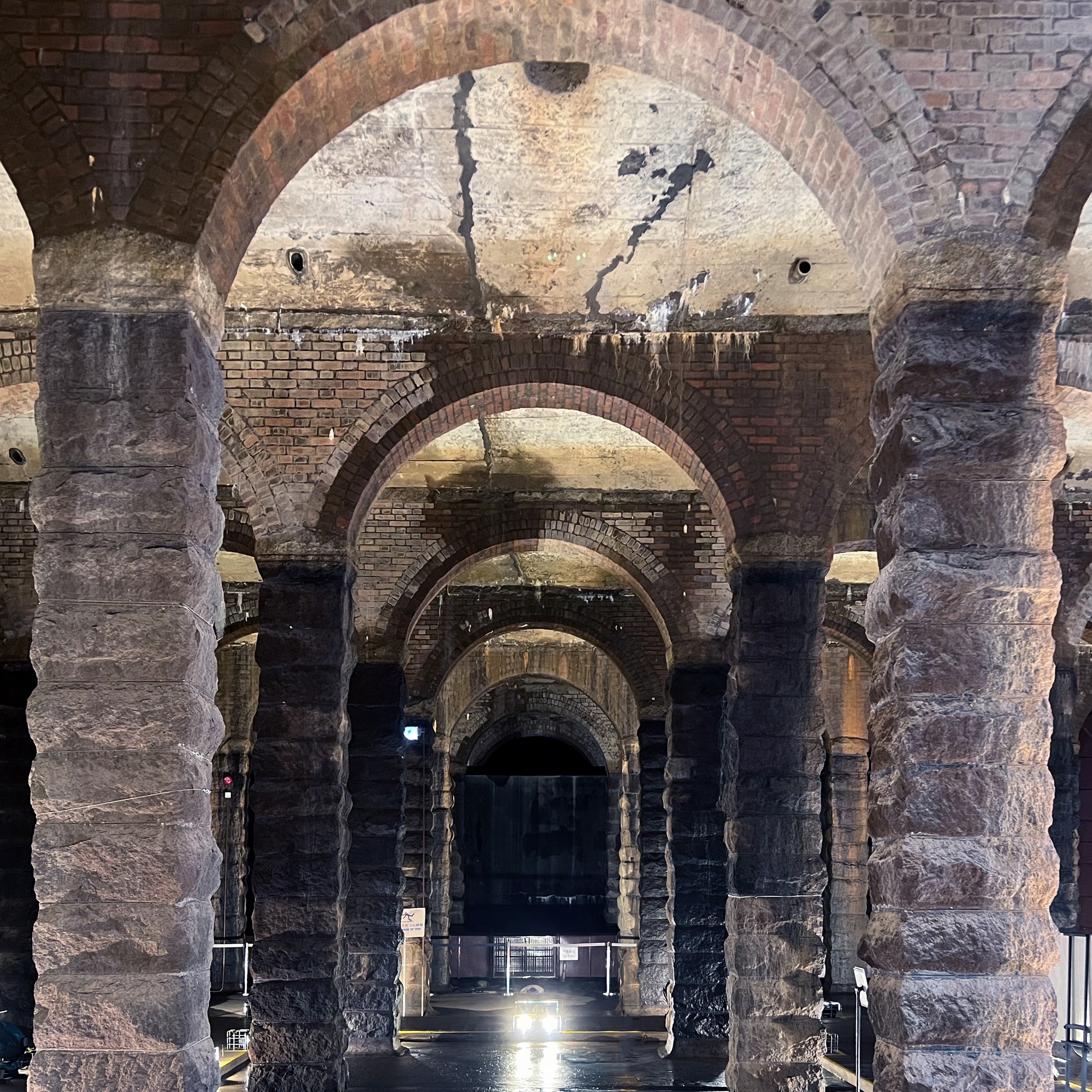
Climb another hill – Mission Hill – to delve into the history of Sham Shui Po. Built in 1904 and now a Grade 1 historic structure, the ex-Sham Shui Po Service Reservoir once supplied fresh water to residents in Kowloon Tong, Sham Shui Po and Tai Hang Tung. “The Roman arches and granite columns are stunning,” Michael comments. “You feel like you’re at a heritage site in Italy or other European cities.”
Photo: Ex-Sham Shui Po Service Reservoir (Mission Hill)
Photo by Michael Leung Courtesy of Studio AA
-
content 2
-
content 2
-
content 2
-
content 2
-
content 2
-
content 2
-
content 2
-
content 2
-
content 2
-
content 2
-
content 2
Page0of0